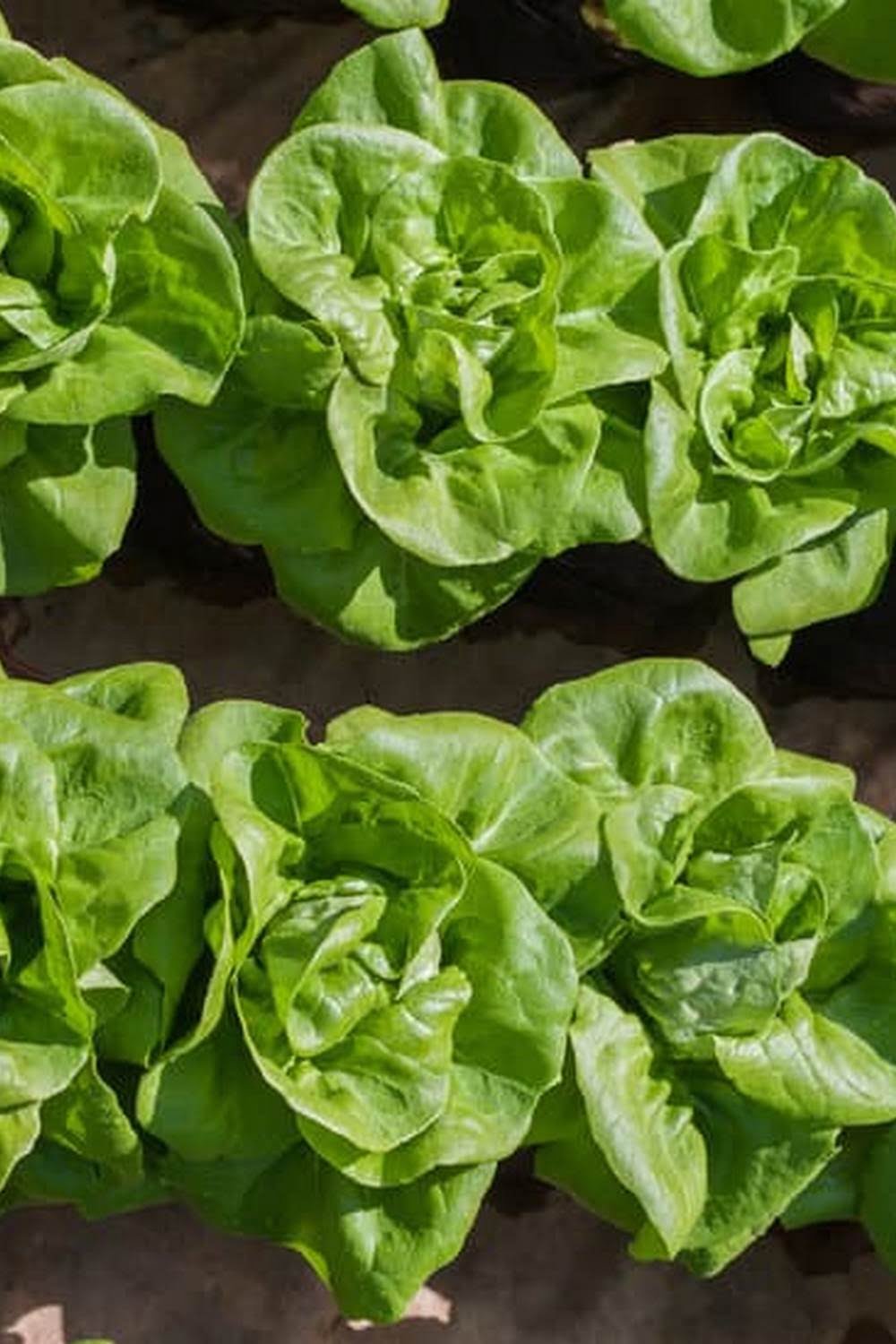Plans For Raised Vegetable Garden Beds
There are many benefits to raised vegetable garden beds. Perhaps the most obvious benefit is that they provide a soil tilth that is much better than that which is found in traditional gardens. This is because raised beds are typically constructed out of a more fertile soil mix, and they are also well-drained.
Another benefit of raised garden beds is that they can be made to fit any size or shape that you like. You can also choose to have them as long and narrow or short and wide as you like. This makes them a perfect option for small spaces.
Another advantage of raised garden beds is that they can be made from a variety of materials. You can use anything from lumber to stone to recycled materials. This means that you can find a raised bed that will fit in with your existing landscape design.
Finally, raised garden beds are easy to maintain. You simply need to weed and water them regularly. This is much easier than trying to weed and water a traditional garden.
Raised Garden Bed Vegetables Layout
There are many things to consider when planning your vegetable garden layout. One of the most important factors is the placement of your raised garden beds.
When designing your garden, you’ll want to think about the vegetables you want to grow, the amount of sunlight each vegetable needs, and the size of your raised garden beds.
Here is a layout of a raised garden bed vegetable garden.
The garden is divided into two sections, one for vegetables that need full sun and one for vegetables that need partial sun.
The vegetables that need full sun are planted in the raised garden beds on the right side of the garden. These vegetables include tomatoes, peppers, and eggplant.
The vegetables that need partial sun are planted in the raised garden beds on the left side of the garden. These vegetables include lettuce, broccoli, and cauliflower.
You can also plant vegetables in the middle of the garden. These vegetables include carrots and beans.
The best way to layout your garden is to experiment with different arrangements until you find the one that works best for you.
How To Make A Raised Garden Bed For Vegetables
A raised garden bed is a great way to grow vegetables, as it allows you to control the soil quality and drainage. In this tutorial, we will show you how to make a raised garden bed for vegetables using cinder blocks and lumber.
To make a raised garden bed, you will need:
-Cinder blocks
-Lumber
-Paint or sealant (optional)
1. Begin by measuring and cutting the lumber to the desired size of your raised garden bed. For our example, we will be making a bed that is 4’x8′.
2. Next, paint or seal the lumber, if desired.
3. Stack the cinder blocks in a rectangular formation, making sure that they are level.
4. Secure the lumber to the cinder blocks using screws or nails.
5. Finally, add soil and compost to the raised garden bed and plant your vegetables!
Raised No Watering Bed Vegetable Garden
A raised no watering bed vegetable garden is the perfect way to garden if you are limited on water or live in an area with a short growing season. A raised no watering bed vegetable garden is also a great way to garden if you have poor soil.
A raised no watering bed vegetable garden is simply a raised bed with no bottom. The bed is filled with a soil mix that is designed to hold moisture. This type of garden does not require any watering, except for the initial watering of the soil mix.
A raised no watering bed vegetable garden can be any size that you like. The most important thing is to make sure that the sides of the bed are high enough so that the soil mix does not get wet from rain or irrigation.
The soil mix for a raised no watering bed vegetable garden should be a blend of 50% compost and 50% soil. The compost will add nutrients to the soil and help to hold moisture. The soil will help to improve the drainage in the bed.
To create a raised no watering bed vegetable garden, you will need:
– a raised bed
– a soil mix of 50% compost and 50% soil
– a trowel
– a watering can
1. Start by using a trowel to remove the soil from the raised bed.
2. Add the compost and soil mix to the bed and use a trowel to mix them together.
3. Add water to the mix until it is wet.
4. Use a trowel to form a level surface in the bed.
5. Add your plants and enjoy your raised no watering bed vegetable garden.
Outdoor Vegetable Garden Boxes Raised
garden beds, or outdoor vegetable garden boxes, can be a great way to add interest to your yard, as well as provide a space to grow your own vegetables. There are a few things to consider before you build your own raised garden bed. First, you need to decide on the size and shape of your bed. Square or rectangular beds are the most common, but you can also go with a more creative shape. The next thing to consider is the height of your bed. You want to make sure that you can easily reach the plants at the back of the bed, so the ideal height is around 18-24 inches. If you have a lot of space, you can go with a taller bed, but keep in mind that you will need to add more soil to reach the desired depth. Once you have decided on the size and shape of your bed, and the height you would like it to be, it’s time to start building! If you are using untreated lumber, you will need to seal the wood with a sealant or wood preservative to protect it from the elements. You can use a variety of materials to build your raised garden bed, including lumber, bricks, concrete blocks, or landscape timbers. The most important thing is to make sure the material is water-resistant. To build the bed, you will need to create a frame out of the material of your choice. The frame should be the same size as the bed you want to build. Once the frame is built, you can start filling it in with soil. Be sure to use a good quality soil mix, as this will be the foundation of your garden. If you are building a raised garden bed on top of concrete or bricks, you can use regular garden soil. If you are using lumber, you will need to use a soil mix that is designed for raised beds, as this will be more water-resistant. Once the frame is filled in with soil, you can start planting your vegetables!

If you’re looking to get into vegetable gardening, or are just looking for some tips on how to make your current garden better, then you’ve come to the right place! My name is Ethel and I have been gardening for years. In this blog, I’m going to share with you some of my best tips on how to create a successful vegetable garden.





